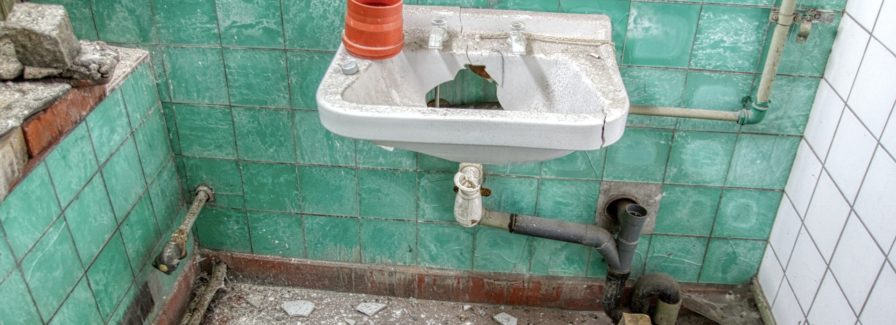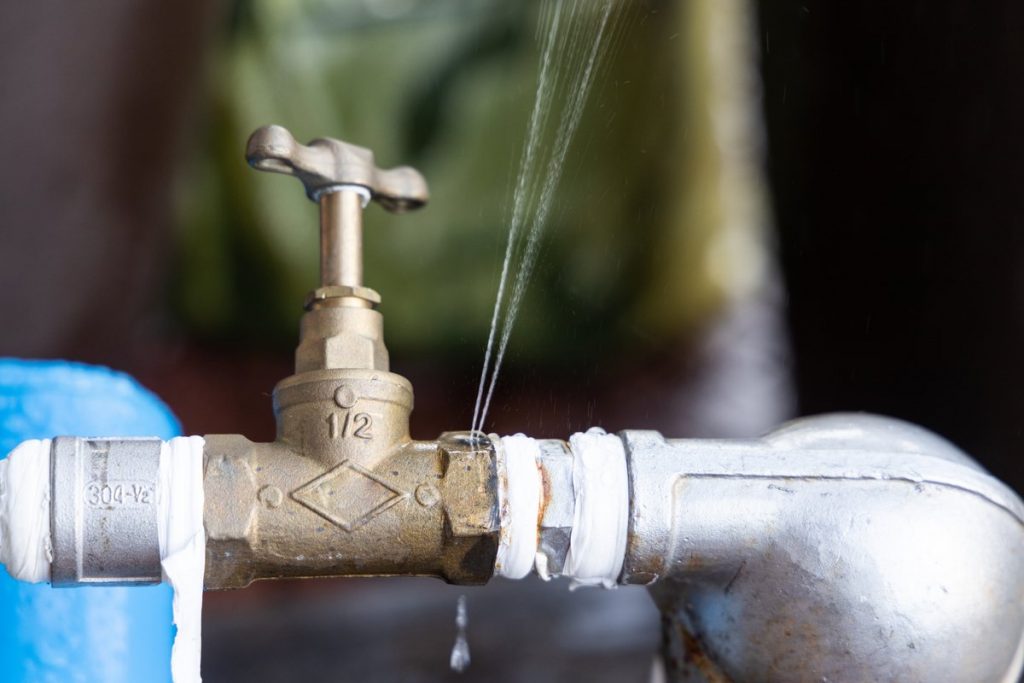Are you currently hunting for critical information on Main Plumbing Issues Found in Old Houses?

Older homes often come with beauty, character, and background, however they can also bring a host of pipes issues. Whether you're dealing with maturing pipes, low tide pressure, or leakages, knowing just how to attend to these common troubles is vital to keeping a safe and practical home. In this overview, we'll discover the typical plumbing difficulties dealt with by older homes and provide functional options to keep your plumbing in leading shape.
Comprehending Common Plumbing Issues
Aging Pipes
One of one of the most common problems in older homes is maturing pipes. Relying on the era in which your home was developed, the pipelines might be made from products that have actually weakened with time, such as galvanized steel, cast iron, or even lead. These products can wear away, become breakable, or create leaks, causing water damages and potential health hazards.
Low Tide Stress
If you're experiencing low water pressure, maybe due to natural resources, deterioration inside the pipelines, or old fixtures that are no longer working efficiently. This can be a major trouble, specifically in locations like showers and sinks.
Leaking Pipes
Leaks are another constant concern in older homes, usually brought on by rusty or damaged pipelines. Also tiny leakages can bring about significant water damage, mold growth, and increased water bills if not dealt with immediately.
Obsolete Components
Obsolete plumbing fixtures such as faucets, toilets, and showerheads not only look old but may also be much less reliable, vulnerable to leakages, or inappropriate with modern-day pipes criteria.
Pipe Corrosion
Deterioration is a common trouble in older pipelines, specifically those made from galvanized steel or actors iron. Rusty pipelines can limit water circulation, trigger discoloration, and ultimately result in leakages or pipe bursts.
Assessing the Condition of Your Pipes
Evaluating Noticeable Pipelines
Beginning by checking any type of visible pipes in your house, such as those in cellars, crawl spaces, or under sinks. Try to find indicators of corrosion, leakages, or rust, which can suggest underlying issues.
Looking for Leakages
Check for leaks by evaluating locations around faucets, bathrooms, and under sinks. You can also monitor your water meter prior to and after a duration of no water use to detect hidden leaks.
Water Top Quality Testing
Older pipes can influence the high quality of your water. Conduct a water high quality test to check for impurities such as lead, corrosion, or other contaminations that might be introduced by maturing pipes.
Solutions for Typical Pipes Concerns
Replacing Aging Pipes
If your home has old, degrading pipes, take into consideration replacing them with modern products like copper or PEX. This can be a significant financial investment, however it will certainly avoid future issues and enhance the safety and integrity of your plumbing system.
Dealing With Low Water Stress
To take care of low water stress, start by cleansing or replacing old components and eliminating mineral buildup in the pipes. If the trouble continues, it might be required to replace areas of corroded pipes.
Fixing and Replacing Dripping Pipes
For tiny leaks, you can make use of pipe clamps or epoxy putty as a momentary fix. Nevertheless, it's best to replace leaking pipes totally to prevent more damage.
Upgrading Components
Upgrading old components to modern-day, water-efficient models can improve your home's plumbing efficiency and lower water usage. Seek fixtures with the WaterSense label for the best effectiveness.
Managing Pipe Deterioration
If your pipes are corroded, replacing them with corrosion-resistant materials like copper, PVC, or PEX is the very best remedy. Normal evaluations and water top quality upkeep can help avoid even more rust.
When to Call a Specialist
While some plumbing issues can be handled with DIY solutions, there are times when it's ideal to employ a specialist. If you're taking care of significant leakages, extensive corrosion, or are uncertain regarding the problem of your pipes, a qualified plumber can offer expert assessment and repair work.
Preventive Upkeep Tips
Normal Evaluations
Consistently evaluate your plumbing system for indications of deterioration. Catching problems early can avoid expensive repair services down the line.
Water Stress Law
Ensure your water stress is within the advised range to prevent stressing your pipes and fixtures. A plumbing can set up a pressure regulator if needed.
Water Quality Upkeep
Mount water filters or conditioners if your water high quality is poor. This can secure your pipelines and components from damage triggered by hard water or contaminants.
Proactive Pipeline Substitute
If your home has very old pipelines, take into consideration aggressive substitute prior to major problems occur. This can save you from emergency repair work and water damage.
Verdict
Taking care of pipes concerns in older homes needs a combination of watchfulness, preventive upkeep, and prompt upgrades. By comprehending the usual difficulties and knowing when to look for specialist assistance, you can ensure your pipes system stays practical and reputable for years to come.
Common Plumbing Issues in Older Homes
Pipe corrosion
Pipe corrosion is a common plumbing issue in older homes. Several factors can cause pipes to corrode:
Water: Ironically, water is the number one cause of pipe corrosion. When water seeps into cracks in pipes, it can cause the metal to rust and break down, leading to leaks or even burst pipes.
Oxygen: Oxygen is another significant culprit in pipe corrosion. When oxygen interacts with water, it can cause the metal to oxidize and weaken.
Chemicals: Chemicals such as chlorine and fluoride can also contribute to pipe corrosion. These chemicals can react with the metal in pipes, causing them to break down over time.
Leaky pipes
Pipes that leak is one of the most common plumbing issues plaguing residents of older houses. While a small leak may not be a problem initially, it can lead to significant problems if left unaddressed. In addition, water damage can be very costly to repair and may cause damage to electric fixtures, promote mold growth and cause many other issues.
Worn-out fixtures
Older homes often have worn-out fixtures which may need replacement. Over time, the finishes on fixtures can wear down, exposing the underlying metal to corrosion. This can cause fixtures to leak or even break completely. It s best to have a professional plumbing contractor regularly inspect the fixtures in older homes and replaces them if necessary.
Faulty water heaters
A leaky water heater can cause severe damage to the home as it can be both a flood and fire hazard. Call a plumber immediately if it appears that the water heater might be leaking.
If the heater isn t working correctly, it could be because the pilot has gone out. The pilot light going out may indicate gas supply issues or leaks. It is also worth checking the thermostat to see if it needs to be adjusted.
If the water heater is making strange noises, it could be due to sediment buildup in the tank. Sediment can interfere with the heating elements and cause them to overheat. Overheating can damage the tank and shorten the lifespan of the water heater.
https://www.norfleetfamilyplumbing.com/blog/common-plumbing-issues-in-older-homes

As a fervent person who reads on Common Plumbing Problems in Older Homes, I figured sharing that editorial was smart. Do you know about somebody else who is occupied with ? Please feel free to share it. Thank you for being here. Come back soon.
Or Book Technician Here